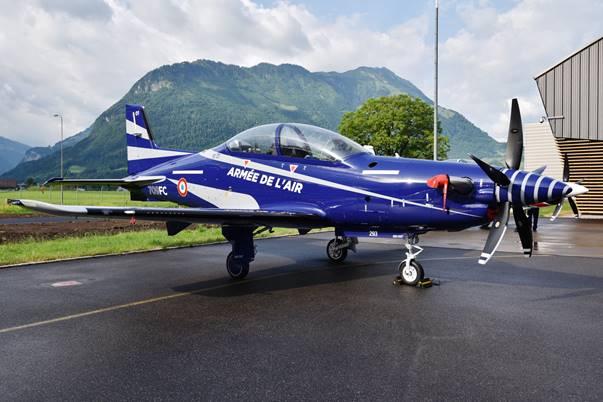Countries Giving Greater Role To Turboprop Trainers

France, Australia, Singapore and Sweden are giving a greater role to turboprop trainers within its pilot training process. Cost savings are a key motivation, with training fleets increasingly concentrated on a smaller number of aircraft types, but the shortening of pipelines also has become a key consideration for air forces looking for more responsive output from their training programs.
The move also appears to be affecting the advanced jet trainer market with jet-powered trainer fleets scaled back or in some cases removed entirely. Partially as a result of these trends, Aviation Week Network’s projections show the number of advanced trainers in service around the world falling from 3,185 aircraft in 2021 to 3,038 in 2030. Conversely, the basic trainer fleet is expected to increase from 2,634 aircraft to 2,903 over the same period. Looking at the single-engine fixed-wing training aircraft fleet as a whole, advanced trainers are expected to see their share of the global fleet fall from 39.3% to 37.3% over the decade, with basic trainers increasing from 32.5% to 35.6%.




